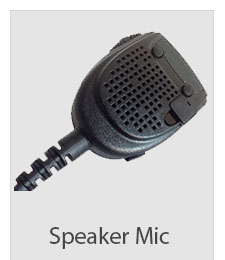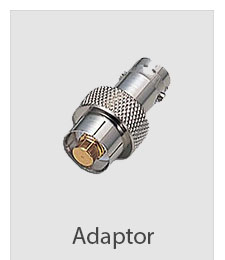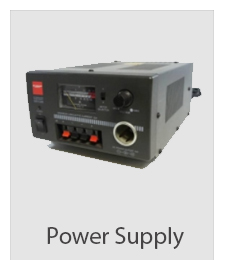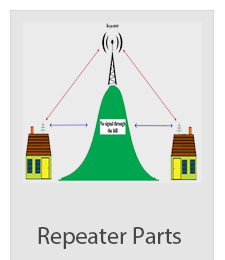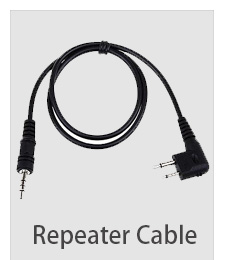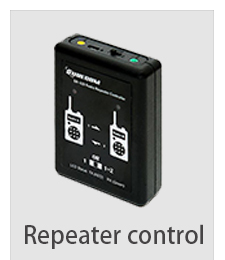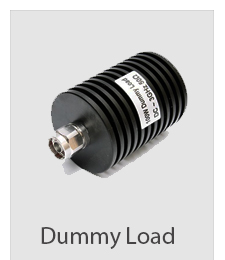Use the SWR meter
Actually using the VSWR meter is very easy, but a few simple steps may help the first time user.
When using the VSWR meter to measure the performance of a new antenna or where the VSWR may not be know, it is wise to use a low power and a clear channel. With these concepts in mind the following procedure may be useful.
- Find a clear channel or frequency: . It is worth listening for a short while in case you cannot hear one station in a two way contact
- Reduce power: Reduce the output power from the transmitter. This needs to be done in case there is a poor VSWR and it will reduce the likelihood of possible damage to the output devise of the transmitter.
- Set mode switch: Set the mode switch to a mode where a constant output is given, e.g. CW, AM or FM. In this way a steady reading is given. For CW (Morse) the key will need to be held down.
- Set VSWR meter: Srt the VSWR meter switch on the front panel to FORWARD, and turn the adjustment or CAL knob down - this prevents overloading the meter.
- Adjust forward reading: With the transmitter transmitting, adjust the knob on the CAL or adjustment knob so that a full scale reading is obtained.
- Switch meter to reverse : With the meter calibrated for the forward power, switch the meter to its reverse position and read the VSWR.
- Stop transmitting : It is good practice to stop transmitting as soon as possible. This reduces the possibility of interference to other stations and also reduces the overload on the transmitter output if the VSWR is poor.
- Check on other frequencies: If a wide band of frequencies or channels is to be used, then check the VSWR readings for the other frequencies or channels to be used because the VSWR will change over a range of frequencies.
- Remember: When transmitting on full power, it is often useful to leave the VSWR meter in circuit, but remember to calibrate it for the higher power output. Changes of power mean that the forward power needs to be reset using the CAL knob.
|







